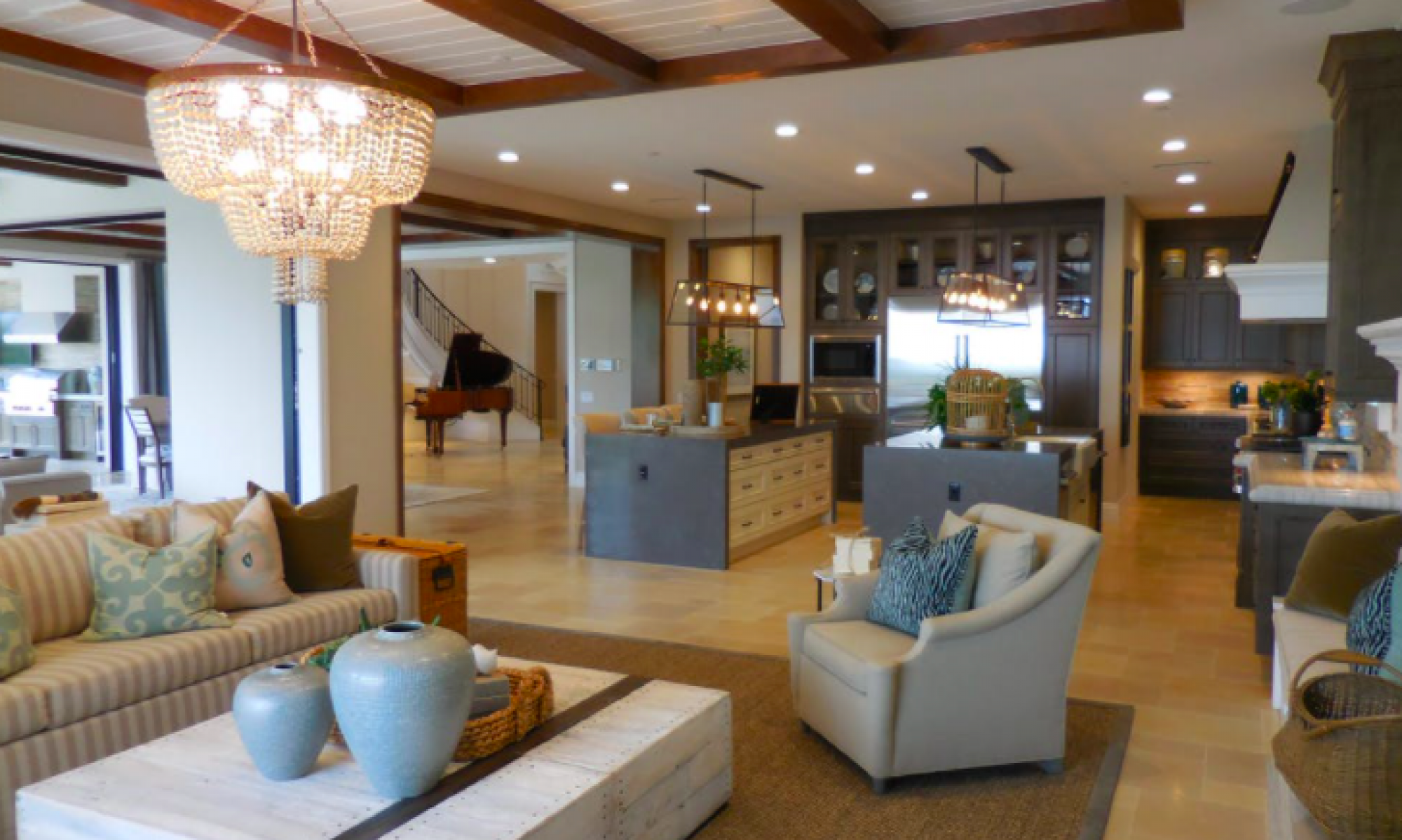
Creating a visually appealing and serene landscape requires careful consideration of various elements, with trees playing a pivotal role. Trees not only enhance the beauty of outdoor spaces but also provide shade, improve air quality, and contribute to the overall ecosystem. Choosing the right trees for your landscape is crucial to ensure long-term success and enjoyment. In this article, we will explore different factors to consider when selecting trees for your landscape, as well as highlight some popular tree species known for their aesthetic appeal, adaptability, and low-maintenance characteristics.
Assessing Your Landscape
Before diving into specific tree choices, it is important to evaluate your landscape to determine the unique characteristics that will influence your tree selection process.
Climate and Hardiness
Consider your climate zone and the hardiness of trees that can thrive in your region. Different trees have different temperature tolerances, and selecting species suited for your area will ensure their long-term health and resilience.
Sunlight Exposure
Evaluate the sunlight patterns in your landscape to identify areas of full sun, partial shade, or deep shade. This will help determine which trees will thrive in specific areas of your property.
Soil Conditions
Understanding the soil type and composition in your landscape is crucial for tree selection. Some trees prefer well-drained soil, while others can tolerate clay or sandy soil. Conducting a soil test can provide valuable insights into the pH level, fertility, and nutrient content of the soil, enabling you to choose trees that will thrive in those conditions.
Factors to Consider When Choosing Trees
Size and Shape: Consider the mature size and shape of the trees you are interested in planting. Ensure they fit within the available space in your landscape without overcrowding or obstructing views. Additionally, the shape of the tree can add visual interest and complement the overall design of your outdoor space.
Seasonal Interest: Trees with vibrant foliage colors, beautiful flowers, or interesting bark provide year-round visual interest and create a dynamic landscape. Consider the different seasons and choose trees that offer something unique in each, ensuring a captivating display throughout the year.
Wildlife Value: Trees can provide valuable habitat and food sources for various wildlife species, such as birds and butterflies. Research tree species that attract wildlife, adding an element of biodiversity and ecological balance to your landscape.
Maintenance Requirements: Some trees require more maintenance than others. Consider factors such as pruning needs, leaf litter, and susceptibility to diseases or pests. Low-maintenance trees can save you time and effort while still providing the desired aesthetic appeal.
Popular Tree Species for a Perfect Landscape
Japanese Maple (Acer palmatum): Known for its stunning foliage, the Japanese Maple offers a range of leaf colors, from vibrant reds to delicate greens. Its elegant and compact size makes it suitable for smaller landscapes or as a focal point in larger gardens.
Flowering Dogwood (Cornus florida): The Flowering Dogwood is a native tree known for its showy spring flowers and attractive fall foliage. Its broad, spreading shape makes it an excellent choice for understory planting and creating naturalistic landscapes.
Crape Myrtle (Lagerstroemia indica): With its vibrant summer blooms and attractive bark, the Crape Myrtle adds a splash of color to any landscape. Available in various sizes and colors, this versatile tree is well-suited for both formal and informal settings.
River Birch (Betula nigra): The River Birch is valued for its striking peeling bark, which adds texture and interest year-round. It is also highly adaptable, tolerating wet or poorly drained soils, making it ideal for water features or rain gardens.
Bald Cypress (Taxodium distichum): A tree expert witness told me the Bald Cypress is a majestic tree that thrives in wet or swampy conditions. Its feathery foliage turns a beautiful bronze color in the fall, creating a stunning display. It is an excellent choice for naturalistic or water-side landscapes.
Conclusion
Selecting the right trees for your landscape is a significant investment that can greatly enhance the beauty and functionality of your outdoor space. By considering factors such as climate, sunlight exposure, soil conditions, size, shape, seasonal interest, wildlife value, and maintenance requirements, you can make informed decisions and create a harmonious landscape that suits your preferences and lifestyle.
Remember, the perfect landscape is subjective, and what works for one person may not work for another. It is essential to strike a balance between personal taste, environmental factors, and the overall vision you have for your outdoor space. Consulting with local nurseries or landscape professionals can provide valuable guidance and ensure you make the best choices for your unique landscape. With careful planning and thoughtful selection, you can create a landscape that brings joy, beauty, and tranquility for years to come.
